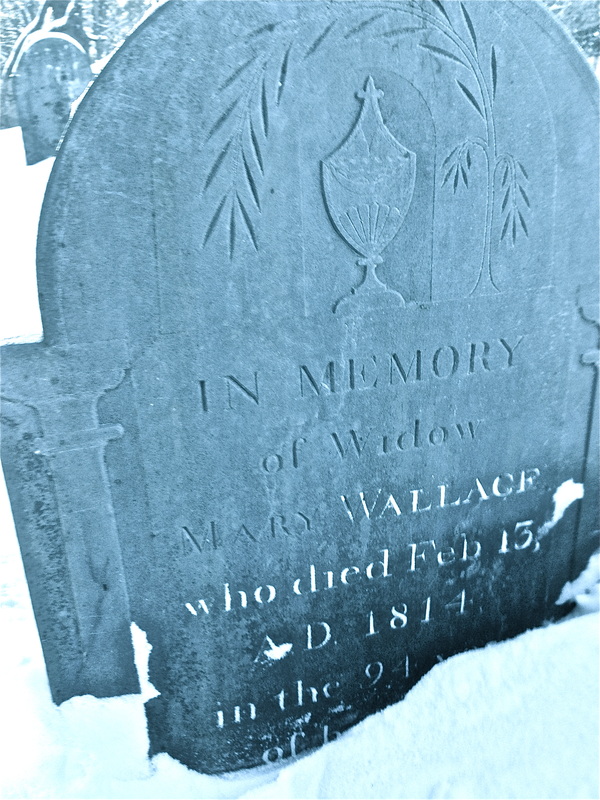 Making sure your characters have conflict was adhered to in this short that I produced and co-wrote with a fantastic team...though in our 12-hour screenwriting deadline for the competition we overlooked making one of the characters empathetic. That would have helped us build to a logical story arc and conclusion, and made for a more engaging film. Still, it's a beautiful short--thanks to superb acting and a remarkable crew. But great acting and perfect tech can't save our script flaws. Lesson learned. | Interesting, well-rounded characters with concise do-or-die goals that pit the protagonist against the antagonist is what we strive for as writers. Our hero needs to stride purposefully toward her goal, as our protagonist marches diligently in the opposite direction, ultimately placing our characters in a head-to-head challenge as solid as Dr. Seuss’ North-Going Zax meeting the South-Going Zax. Unlike the single-minded Zax however, our characters need to be well-rounded and relatable. Even if we do not like the antagonist, in the best-constructed stories we should be able to empathize with him. Consider the unlikely example of the comic book film Spider-Man and the antagonist Doc Ock, who begins the film as a friend and mentor to Peter Parker. Later, after his invention kills his wife, Doc Ock fixates on perfecting the contraption no matter what, thus creating an empathetic psychopath and someone with whom we can grieve, while hoping he is defeated by his equal and formidable opponent, the protagonist Spider-Man. While conflict can be huge in the form of bombs and destruction, it can also be small yet powerful. Examine your favorite drama or comedy (romantic or not). The ultimate conflict might erupt in a courtroom (My Cousin Vinnie or A Few Good Men), in a workplace (Gattaca, Dave, and American President), or in the neighbor’s living room (A Little Princess). The protagonist is the reluctant hero who finds that he or she must take on the challenge at all costs, even if the challenge is as simple as taking steps toward growing beyond your crippling OCD to help a neighbor and a friend (As Good As It Gets) or deciding to free a friend (E.T.). In screenwriting, we also have specific parameters that we need to follow as we correctly format our script, since one page of screenplay equals about one minute of film. I am happy to share with you a formatting document I've created for my students; contact me here if you'd like a copy. |
|
1 Comment
Mentoring Moment: Turning a question into an opportunity to teach research skills to a teen3/14/2014
|
AuthorDana Biscotti Myskowski teaches media writing, film & scriptwriting at UNH; mentors locally; and teaches creative writing, scriptwriting, & composition at SNHU online. She also produces and writes short films and nonprofit videos. Finally nearing the finish line of recovering from a long illness, Dana has returned to writing, blogging, producing shorts, and life in general. ArchivesCategories
All
|






 RSS Feed
RSS Feed


